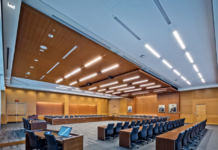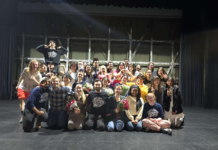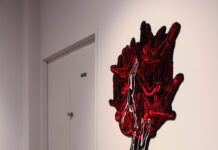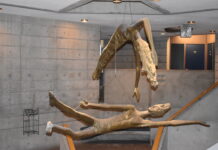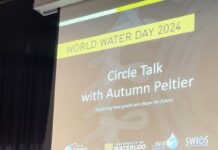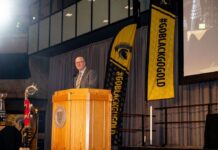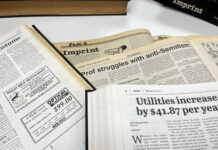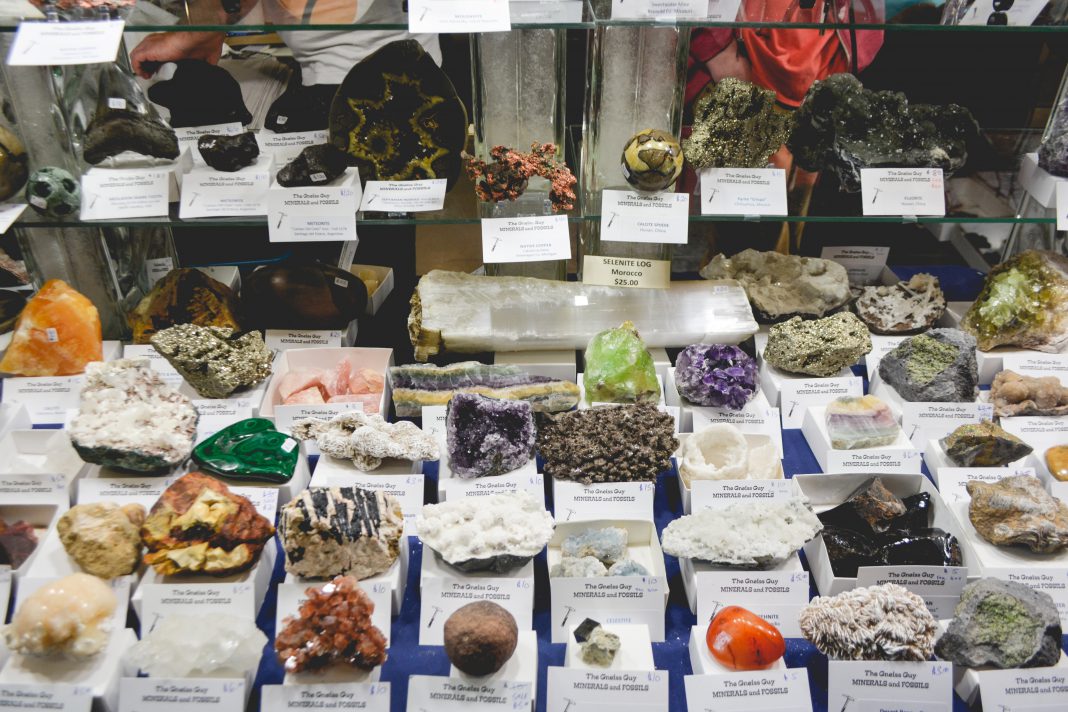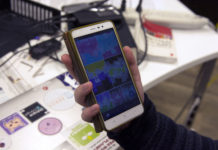Crowds of gemologists, archaeologists, and general rock enthusiasts gathered at the University of Waterloo’s Earth Sciences Museum on Oct. 28 to Oct. 29 to learn about, show off, and possibly purchase a variety of gemstones and minerals. The exhibit highlighted a number of mineral related activities, including digging for fossils, free gem identification, and a “build your own rock buddy” station. The busiest and most illuminating facet of the exhibit was the innumerable displays of shining minerals and gems.
From large-scale fossilized nautilus shells for hundreds of dollars to chips of amber with minute insect legs for five dollars a pop, there was something available for gem lovers of every age and price range.
Alongside the raw minerals on display and for sale were gorgeously crafted pieces of jewellery and polished stone collections. Specimens from all over the world were on display including Australian opal, a gorgeously striated chunk of multi-coloured fluorite, and a massive and expensive amethyst cathedral geode.
As the gem show was held in UW’s Earth Sciences Museum, the entire building was open for exploration by attendees. Prehistoric bears, massive dinosaur skulls, and petrified fish drew intrigued crowds of visitors in the paleolithic exhibits.
Visitors milled around displays and chatted with vendors such as The Gneiss Guy working out of Fegus and Fossils Plus, a fossil vendor all the way from Montreal. Thousands of specimens were tenderly but eagerly handled by curious buyers and even small gem hounds had a chance to walk away with a small mineral grab bag, available for a dollar. Each bag was filled with novice collector stones like rose quartz and pumice.
Serious mineral and gem fans could speak with experts, including the president of the KW Gem and Mineral Club Gary Partlow. He talked about his club’s upcoming events for gemophiles from novice to expert.
“In November, we’ll return to our usual venue, the Waterloo Community Arts Centre and we’ll hear from David Rudkin, the assistant curator of invertebrate paleontology at the ROM. [He] will tell us about the paleontology of Northern Manitoba and Nunavut,” said Partlow.
Students interested in checking out some rockin’ specimens can stop by the free to enter Earth Sciences Museum located on campus at the EIT building. Don’t take it for granite.


